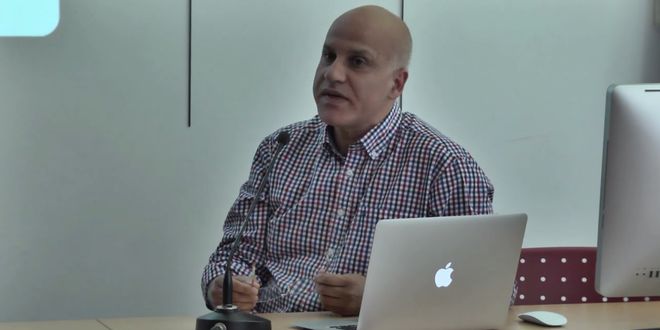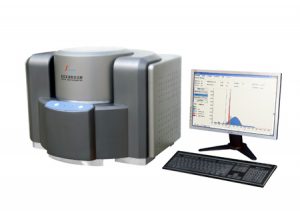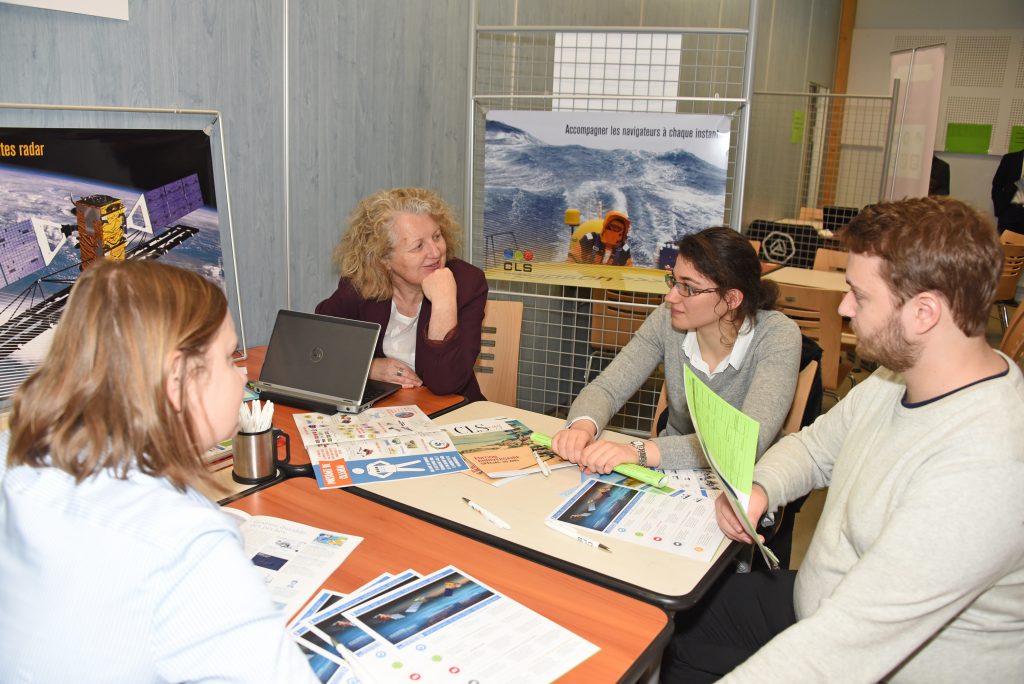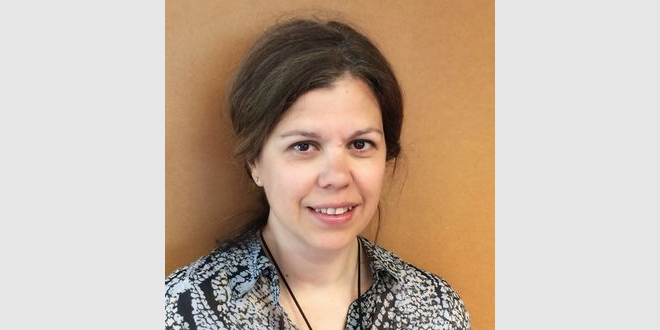Seald: transparent cryptography for businesses
Since 2015, the start-up Seald has been developing a solution for the encryption of email communication and documents. Incubated at ParisTech Entrepreneurs, it is now offering businesses a simple-to-use cryptography service, with automated operations. This provides an alternative to the software currently on the market, which is generally hard to get to grips with.
Cybersecurity has become an essential issue for businesses. Faced with the growing risk of data hacking, they must find defense solutions. One of these is cryptography, allowing businesses to encrypt data so that a malicious hacker attempting to steal them would not be able to gain access. This is what is offered by the start-up Seald, founded in 2015 in Berkeley, USA, who after spending a period in San Francisco in 2016 is now incubated at ParisTech Entrepreneurs. Its defining feature? Its solution is totally transparent to all the employees of the business.
“There are already solutions that exist on the market, but they require you to open software and carry out a procedure that can require dozens of clicks just to encrypt a single email”, tells Timothée Rebours, co-founder of the start-up. In contrast, Seald is a lot simpler and faster to use. When a user sends an email, a simple icon appears on the messenger interface which can be ticked to encrypt the message. It is then guaranteed that neither the content nor any attachments are readable, should the message be intercepted.
If the receiver also has Seald, communication will be encrypted at both ends, and message and document will be read in an equally transparent way. If they do not have Seald, they can install it for free. However, this is not always possible if the policy of the receiver’s firm prohibits the installation of external applications on computer stations. In this case, an online double identification system using a code received via SMS or email allows them to authenticate themselves and subsequently read the document securely.
For the moment, Seald can be used with the more recent email servers, such as Gmail and Outlook. “We are also developing specific implementations for companies using internal messaging services”, explains Timothée Rebours. The start-up’s aim is to cover all possible email applications. “In this way; we are responding to a usage corresponding to problems within the business” explains the co-founder. Following on from that, he says: “Once we have finished what we are currently working on, we will then start on integrating into other kinds of messaging, but probably not before.”
Towards an automated and personalized cryptography
Seald is also hoping to improve its design, which currently requires people sending emails or documents to check a box. The objective is to limit their forgetfulness as best possible. The ideal would therefore be to have automatic encryption specific to the sender, the document being sent and the receiver. Reaching this goal is a task which Seald endeavors to fulfil by offering many features to the managers of IT systems within businesses.
Administrators already have several parameters in place that they can use to automate data encryption. For example, they can decide to encrypt all messages sent from a company email addresses to the email address of another business. Using this method; if company A starts a project with company B for example, all emails sent by employees between a company A email address and a company B email address would be encrypted by default. The security of communications is therefore no longer left in the hands of the employees working on the project, which means they can’t forget to encrypt their documents, saving them valuable time.
The start-up is pushing the features offered to IT administrators even further. It allows them to associate each document type to a revocation condition. The encrypted information sent to a third-party company – such as a consulting or communication firm – can be made impossible to read after a certain time, for example to the end of a contract. The administrator can also revoke the rights of access to the encrypted information for a device or a user, in the case where a person leaves the company due to malicious intentions.
By offering businesses this solution, Seald is changing companies’ perceptions on cryptography, with easy-to-understand functionalities. “Our aim has always been to offer encryption to the masses”, assures Timothée Rebours. Reaching the employees of businesses could be the first step towards raising more awareness amongst the public about the issue of cybersecurity and data protection within communications.










 The TSN Carnot institute, a guarantee of excellence in partnership-based research since 2006
The TSN Carnot institute, a guarantee of excellence in partnership-based research since 2006




